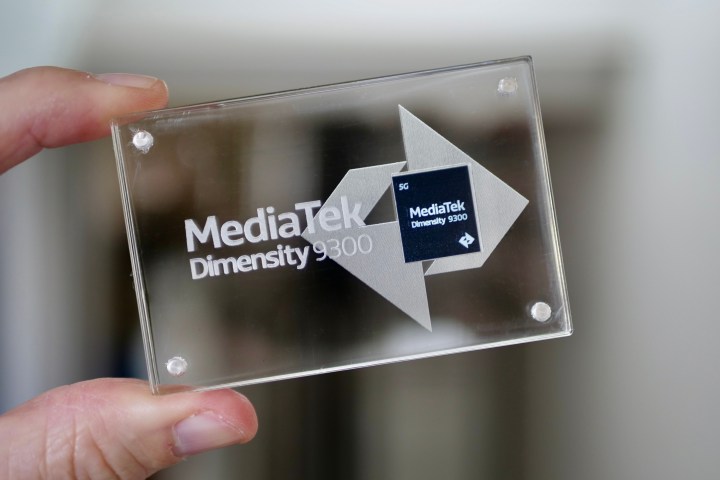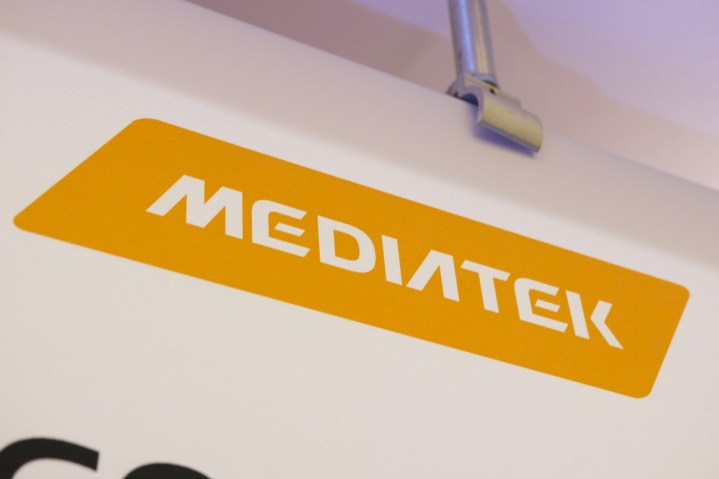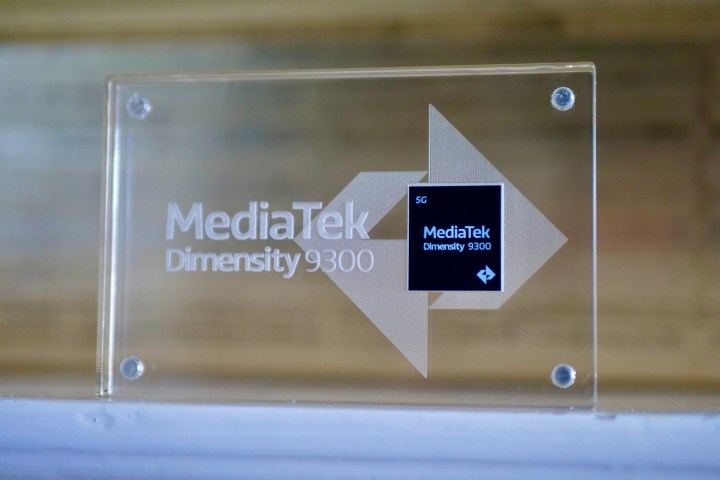
Processors, the chips that power our smartphones, can often be overlooked, remembered only by their catchy name. Provided they work, don’t overheat, and incrementally deliver more power and performance every year, it’s hard to get too excited over them, especially when a lot of the magic happens in the background without us even being aware of it.
So, when one comes along that does something radically different to the crowd, it should make us all sit up and take notice — and that’s exactly what MediaTek has done with the Dimensity 9300.
Big, bigger, biggest

There’s a problem with talking about processors: they’re exceptionally nerdy, and you have to be pretty nerdy to pick out what makes them special and just how innovative some can be. This is still going to be the case with the MediaTek Dimensity 9300 when you drill down into it, but you don’t need to be a professor of engineering to get the potential impact from the headline alterations.
It’s the world’s first smartphone chip to use an all-big-core design. MediaTek and partner TSMC have built the 4nm+ Dimensity 9300 differently to its previous flagship chips and differently to the approach taken by Qualcomm for the Snapdragon 8 Gen 3, too. The all-big-core design consists of one ultra-large ARM Cortex X4 chip running at 3.25GHz, another three more ARM Cortex X4 running at 2.85GHz, and finally, four big ARM Cortex A720 running at 2GHz.
Until now, the established way of making multi-core processors for smartphones has been with a method called “big.LITTLE,” by ARM, where large cores take care of the heavy lifting and smaller cores power up for the simple tasks. This approach improves efficiency when you’re not pushing the phone hard, extending battery life and lowering temperatures. ARM introduced the concept in 2011, and it has since been adopted by MediaTek, Qualcomm, Samsung, and other chip makers.
No more rules

For the Dimensity 9300, MediaTek has thrown away the rule book. Think of it like Toyota taking the Prius’s 1.8-liter four-cylinder engine out and changing it for a V12, and then replacing the hybrid electric motor with a V8. If you’re going to go big, you may as well go stupidly big. The method to MediaTek’s apparent madness is that it’s more power efficient to fire up a big core, get the task done really quickly and as fast as possible for you, then shut it back down again than it is getting a slower core to do it. If Jeremy Clarkson made a phone chip, it would be the Dimensity 9300, and he would have rallied the engineers by bellowing, “More power!”
According to MediaTek, the changes made with the Dimensity 9300 have shown improvements over the Dimensity 9200, which uses the big.LITTLE concept of combining large and small cores. Compared to the previous generation, the 9300 has a 15% increase in single-core performance and a 40% increase in multi-core performance. It also says the chip produces higher performance with better efficiency, with a reduction in power consumption of between 10% and 15% compared to the 9200.
There’s a lot more technology inside the MediaTek Dimensity 9300, too. For example, it uses the ARM Immortalis G720 graphics processing unit (GPU), the latest from the company, and features a next-generation AI processor, the APU 720, which is engineered to improve generative AI performance, and has twice the performance of the previous generation. While this is all very interesting, its importance and impact on our hardware will be lost on many people. We don’t always need to know the details, just that it works. However, we can all understand MediaTek’s decision to go big.
What will it be like?

But what will the Dimensity 9300 be like? This unknown is perhaps even more exciting than the chip itself, just in a slightly different, more disconcerting way. It’ll be fascinating to see what impact this never-seen-before architecture will have on performance, from everyday speed to games and the latest AI features. The thing is, it’s all rather untested out in the wild, and it could go either way. The Dimensity 9300 could be the first of a new generation of chips that transform mobile devices and a design that will be copied by other chip makers — or it could also be a daring but ultimately unsuccessful experiment.
What could possibly go wrong? The more powerful the processor, the more heat it will generate, and early on, rumors about the MediaTek Dimensity 9300 indicated dissipating that heat was causing a few problems. When asked ahead of the chip’s launch about whether the 9300 would require special treatment by manufacturers to keep temperatures under control, MediaTek told Digital Trends it would not need any special design considerations and that it is able to perform intensive tasks for long periods of time without issue.
It sounds positive, but the thing is, I don’t really care if it’s a hot mess. I love that it’s different and that MediaTek isn’t doing the same thing over and over again; it’s looking for ways not just to be different, but to push mobile chips forward. Processors can be very dull to discuss, but the Dimensity 9300 is anything but dull, and that applies regardless of whether it’s a roaring success or a raging disaster. I want it to succeed, of course, especially as this one could go on to change how we think about processors in phones.
New, risky, and I can’t wait to try it

It has been a long while since a processor has been this bonkers. Despite MediaTek being the world’s top smartphone chip manufacturer, it’s a very close race between it and Qualcomm, plus it hasn’t been able to break into flagship devices across the world yet. It could have quite easily continued the status quo, competing but not innovating, but instead, it chose to take a risk and try something new.
That’s ballsy, and we don’t get to see such confident moves very often. It’s also the first time in a long time I’ve really cared about a new smartphone processor, and it’s why I think you should pay attention.
The first smartphones with the Dimensity 9300 will be released by the end of the year, and I can’t wait to try one out. Unfortunately, MediaTek’s flagship processors don’t always power phones released in the U.S., but it has worked with OnePlus, Samsung, and Asus recently, so there’s a small chance the Dimensity 9300 will make an appearance outside Asia in the future.
Editors' Recommendations
- Qualcomm’s newest chip will supercharge budget Android phones
- I performed an intense gaming test with the OnePlus 12. Here’s what happened
- The secret cost of adding AI to your smartphone
- There’s something Samsung didn’t tell you about the Galaxy S24
- Qualcomm’s newest chip will bring AI to cheaper Android phones




